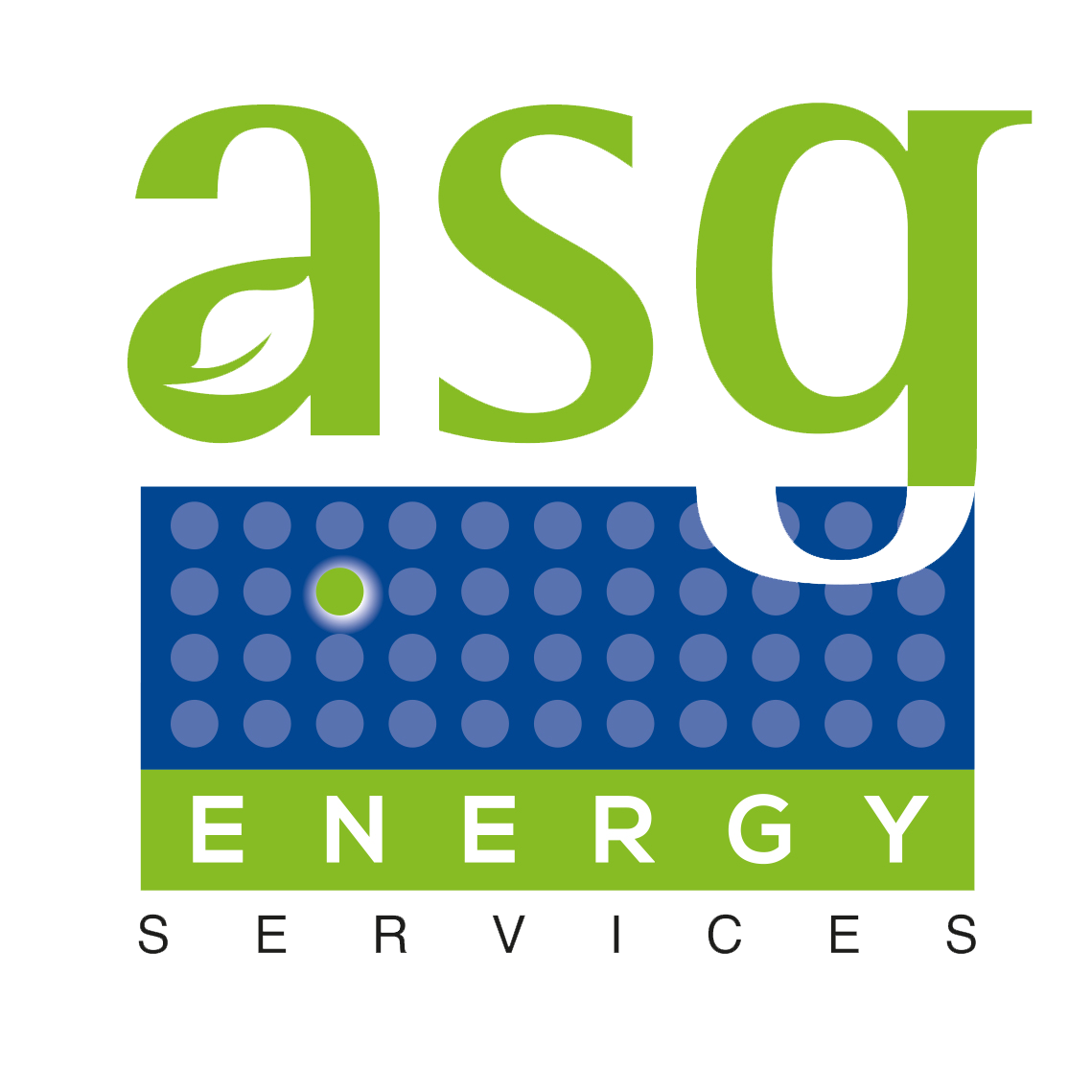Is an Investment in Solar PV Considered a ‘Long-Life Asset’, Especially for the Purpose of Tax Breaks?
We addressed this briefly on one of our first question-and-answer episodes of The Solar Panel Podcast. The answer was unequivocally ‘yes’. However, we’ve been asked to expand on that and explain how it works.
Several tax relief measures were introduced in 2021, to help British industry withstand the COVID epidemic and come back stronger than ever. These included a First Year Allowance (FYA) of 50%, and a Super-Deduction of 130%.
So, the elephant in the room: Yes, at least one of these can generally be applied to investing in solar PV. The 50% First-Year Allowance requires the investment to have been made by 31 March 2023, and to apply to a qualifying plant and machinery asset. Most solar panels DO count as qualifying assets.
In short, you can offset the corporation tax of your operating profits by a full 50% of the value of your investment in solar panels. Better still, on an ongoing basis, you can generally deduct 6% of the investment year-on-year for up to 20 years thereafter.
For the long answer, read on.
How do capital allowances on solar PV work?
Like other kinds of capital allowances, these are essentially tax deductions. The government allows you to reduce the amount of various taxes businesses pay by a percentage of what they invest in approved improvements. This includes photovoltaic (PV) solar panels on warehouses and other commercial/industrial buildings.
The aim is to make businesses more robust, reduce the country’s reliance on overseas sources of energy, and to reduce the nation’s carbon footprint.
How do you calculate the 50% tax break for PV solar?
We’ll make some assumptions for the sale of an example. Your figures will almost certainly be different.
We’ll assume that your operating profit for the year is £1.6 million. Normally, you’d pay 19% on this for corporation tax, working out to £304,000. Finally, we’ll imagine a solar PV project costing you a total of £240,000.
How does the tax relief work out?
- Your 50% capital allowance works out to be £120,000.
- This is deducted directly from the amount of operating profit you pay taxes on. £1.6 million minus £0.12 million is £1.48 million.
- You then only pay the 19% corporation tax on the lesser sum of £1.48 million.
- You now owe only £281,200 instead of £304,000. You keep an extra £22,800.
Want to know more about the lifespan of PV panels?
How do I know my solar PV project qualifies?
It is true that not all investments and improvements qualify for these deductions. Even some PV solar installations fail to qualify. In order to earn this deduction, your installation must meet several criteria. These include:
- Being permanently fixed to the property, and in no way portable or temporary
- Being designed to supply the electrical needs of the facility it is mounted on, rather than to feed back into the power grid
- Being fully compliant with all other regulations, especially the Microgeneration Certification Scheme
In the end, capital allowances like these made it easier to invest in renewable energy by reducing the actual cost of transitioning to solar power.
Want to know more? Explore our blog or the Solar Panel podcast.

